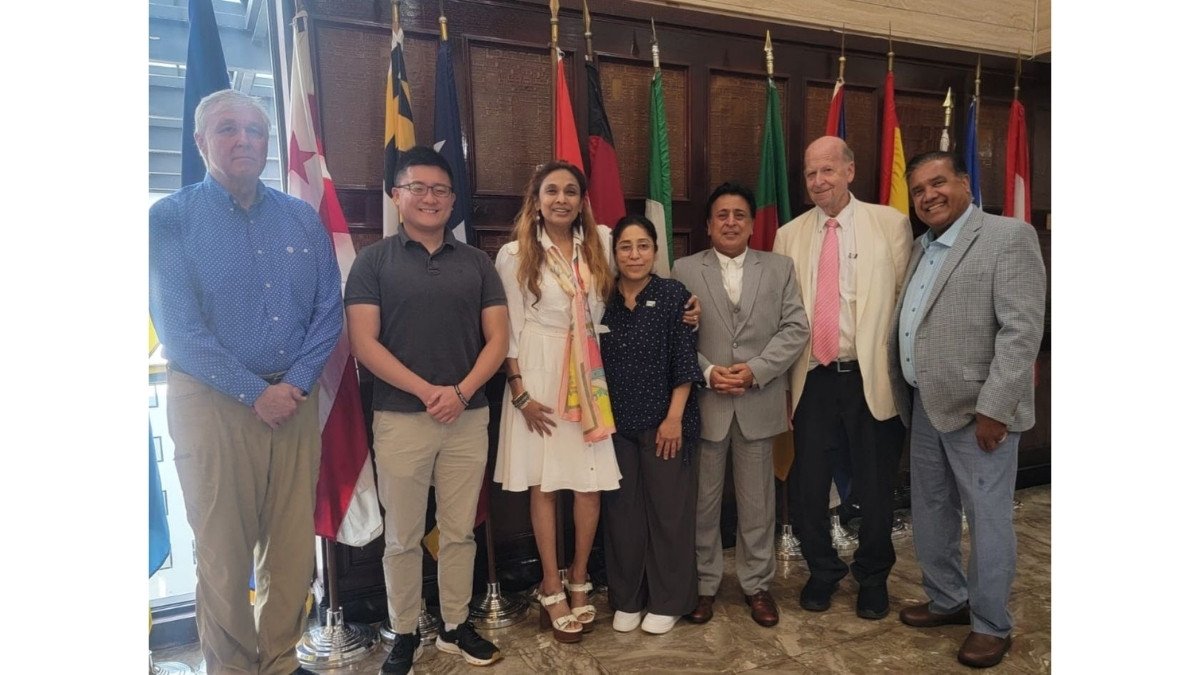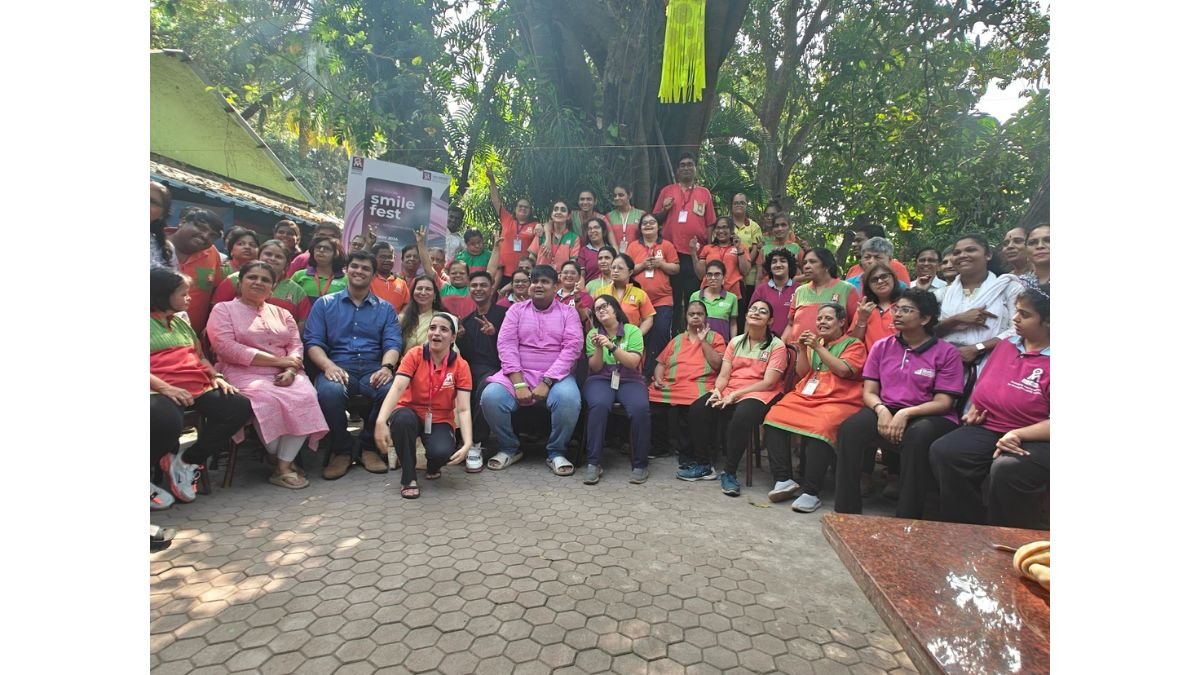Bengaluru August 16: Childhood obesity has rapidly become one of the most significant public health challenges of the 21st century, particularly in developing countries like India. With changing lifestyles, urbanization, and shifts in dietary patterns, the prevalence of childhood obesity in India is rising at an alarming rate. This epidemic poses severe risks to the health and well-being of children, leading to long-term consequences that extend into adulthood. In this article, we will explore the causes, consequences, and prevention strategies for childhood obesity, providing clear guidelines for parents, healthcare workers, and educators.
Understanding Childhood Obesity:
Childhood obesity is defined as an excessive accumulation of body fat that poses a risk to a child’s health. It is commonly assessed using the Body Mass Index (BMI), which is adjusted for a child’s age and sex. According to the World Health Organization (WHO), a child is considered overweight if their BMI is above the 85th percentile for their age group and obese if it is above the 95th percentile.
In India, the prevalence of childhood obesity has been increasing steadily over the past few decades. A study published in the Indian Journal of Medical Research found that the prevalence of obesity in children aged 5-19 years was around 19.3% in urban areas. The situation is no longer confined to affluent urban populations but is also spreading to rural areas, signaling a nationwide health crisis.
Causes of Childhood Obesity:
The rise in childhood obesity is attributed to a combination of genetic, behavioral, and environmental factors:
- Dietary Habits: One of the most significant contributors to childhood obesity is the shift towards high-calorie, low-nutrient foods. The consumption of fast food, sugary beverages, and processed snacks has increased dramatically in India. These foods are often high in fats, sugars, and salt, leading to excessive calorie intake. Additionally, portion sizes have increased, contributing to higher energy intake.
- Physical Inactivity: With the advent of technology, children are spending more time in sedentary activities such as watching television, playing video games, and using computers and smartphones. The reduction in physical activity, coupled with a decrease in outdoor play, has led to lower energy expenditure, further exacerbating the problem.
- Urbanization and Environmental Factors: Urbanization has led to changes in lifestyle, with reduced opportunities for physical activity and increased availability of unhealthy foods. In many urban areas, there is a lack of safe spaces for children to play, and the emphasis on academic achievement often reduces time allocated for physical education in schools.
- Genetic Factors: While genetics play a role in an individual’s susceptibility to obesity, the rapid increase in childhood obesity cannot be explained by genetics alone. However, children with obese parents are more likely to become obese themselves, due to both genetic predispositions and shared environmental factors.
- Socioeconomic Factors: Interestingly, obesity is not just a problem of affluence. In India, there is a paradox where both undernutrition and overnutrition exist simultaneously. In some cases, the availability of cheap, calorie-dense foods and lack of education about healthy eating contribute to higher obesity rates in lower-income families.
Consequences of Childhood Obesity:
The consequences of childhood obesity are far-reaching and affect nearly every aspect of a child’s life:
- Physical Health Risks: Childhood obesity is associated with a higher risk of developing chronic conditions such as type 2 diabetes, hypertension, dyslipidemia (abnormal cholesterol levels), and non-alcoholic fatty liver disease. Additionally, obese children are more likely to suffer from orthopedic problems, such as joint pain and fractures, as well as respiratory issues like asthma and sleep apnea.
- Psychological Impact: Obese children often face social stigma, bullying, and discrimination, which can lead to low self-esteem, depression, and anxiety. These psychological effects can impact academic performance and social interactions, further affecting a child’s overall development.
- Long-term Health Consequences: Obesity in childhood is a strong predictor of obesity in adulthood. Adults who were obese as children are at a higher risk of developing cardiovascular diseases, certain types of cancer, and metabolic syndrome. This not only reduces life expectancy but also places a significant burden on the healthcare system.
Prevention and Management of Childhood Obesity
Preventing and managing childhood obesity requires a multifaceted approach involving parents, schools, healthcare providers, and policymakers:
- Healthy Dietary Habits:
- Balanced Diet: Encourage a balanced diet rich in fruits, vegetables, whole grains, lean proteins, and healthy fats. Limiting the intake of sugary drinks, fast food, and processed snacks is crucial.
- Portion Control: Educate children about portion sizes and the importance of eating until they are satisfied, not full. Parents can set a good example by serving appropriate portion sizes and avoiding the use of food as a reward or punishment.
- Home-Cooked Meals: Promoting the consumption of home-cooked meals made from fresh ingredients can help reduce the intake of unhealthy, calorie-dense foods. Involving children in meal planning and preparation can also encourage healthier eating habits.
- Promoting Physical Activity:
- Daily Exercise: Children should engage in at least 60 minutes of moderate to vigorous physical activity daily. This can include activities like cycling, swimming, dancing, or playing sports.
- Limit Screen Time: Limiting screen time to less than two hours a day can help reduce sedentary behavior. Encourage children to take breaks from screens and engage in physical activities instead.
- Active Play: Encourage outdoor play and participation in sports. Schools should provide adequate time for physical education and encourage active participation in extracurricular activities.
- Creating Supportive Environments:
- School Involvement: Schools play a critical role in preventing childhood obesity by promoting healthy eating and physical activity. Schools can implement programs that provide healthy meals, integrate nutrition education into the curriculum, and ensure regular physical activity.
- Community Engagement: Communities can support childhood obesity prevention by creating safe spaces for physical activity, such as parks and playgrounds. Local governments can also regulate the marketing of unhealthy foods to children and promote access to healthy, affordable food options.
- Healthcare Provider’s Role:
- Regular Monitoring: Pediatricians should regularly monitor a child’s growth patterns, including BMI, and provide guidance on maintaining a healthy weight. Early identification of obesity can lead to timely intervention and prevent the development of obesity-related complications.
- Counseling: Healthcare providers should offer counseling to families on healthy lifestyle choices, including diet and exercise. They can also provide support for behavior change and, if necessary, refer families to specialists in nutrition or physical activity.
- Policy Interventions:
- Government Initiatives: Policymakers can implement regulations to limit the availability of unhealthy foods in schools, promote public health campaigns, and encourage food manufacturers to reformulate products to reduce sugar, salt, and fat content.
- Public Awareness Campaigns: National campaigns aimed at raising awareness about the risks of childhood obesity and the importance of healthy lifestyle choices can help change public perceptions and behaviors.
Conclusion:
Childhood obesity is a growing epidemic in India, with serious implications for the health and well-being of future generations. Addressing this issue requires a comprehensive approach that involves parents, educators, healthcare providers, and policymakers working together to promote healthy eating, physical activity, and supportive environments for children. By taking proactive steps to prevent and manage childhood obesity, we can help ensure that children grow up healthy, active, and ready to lead productive lives.














